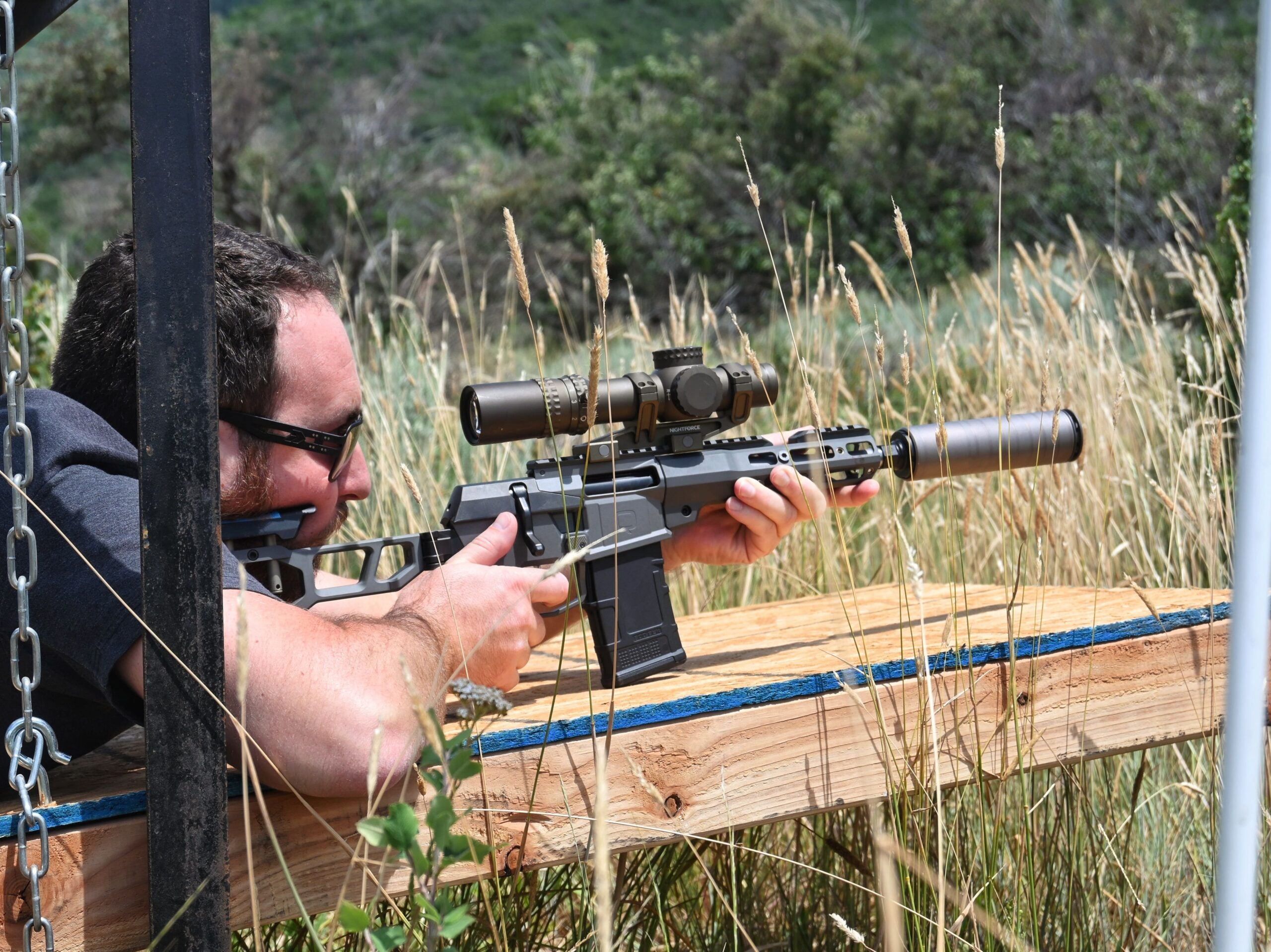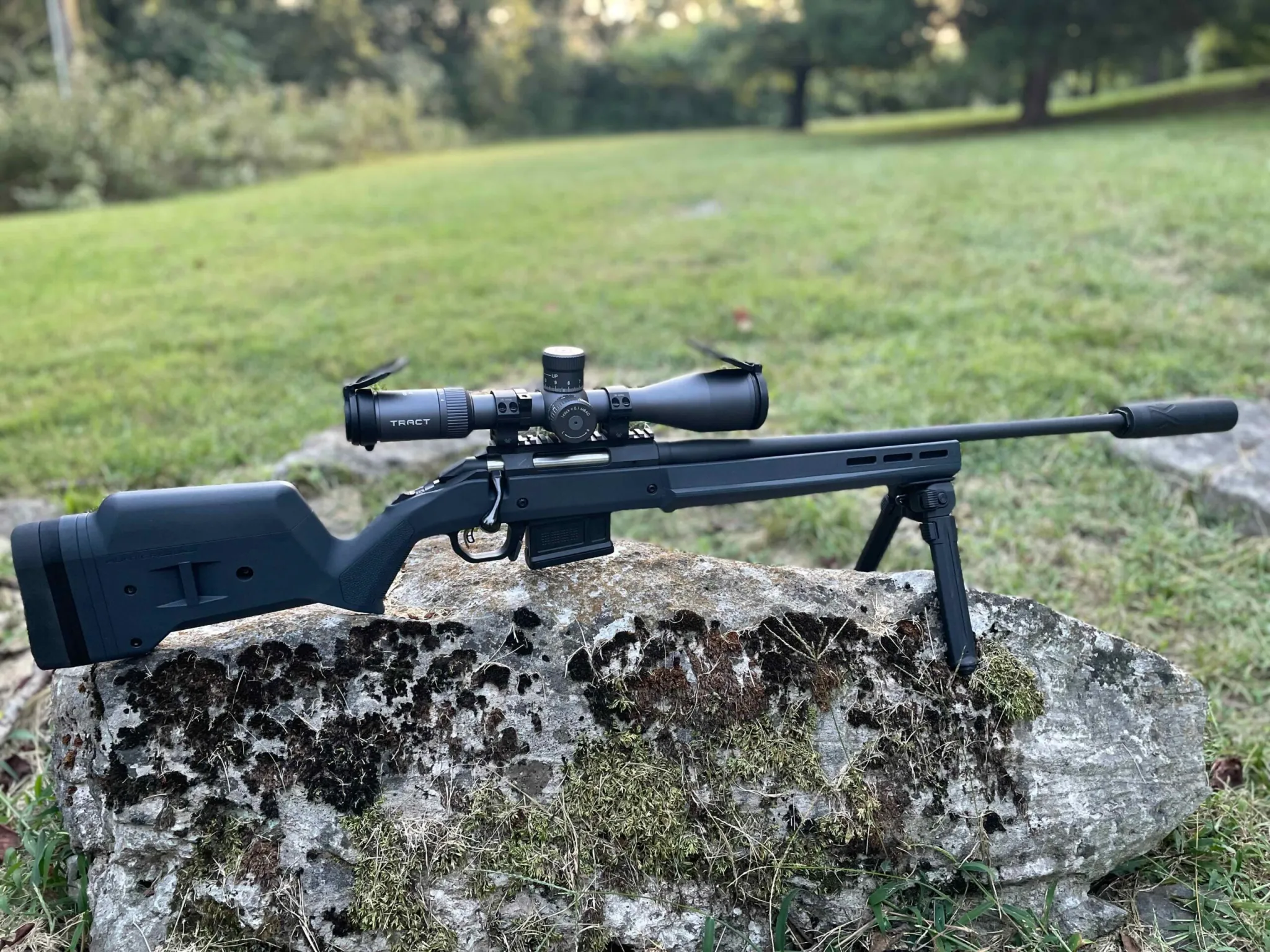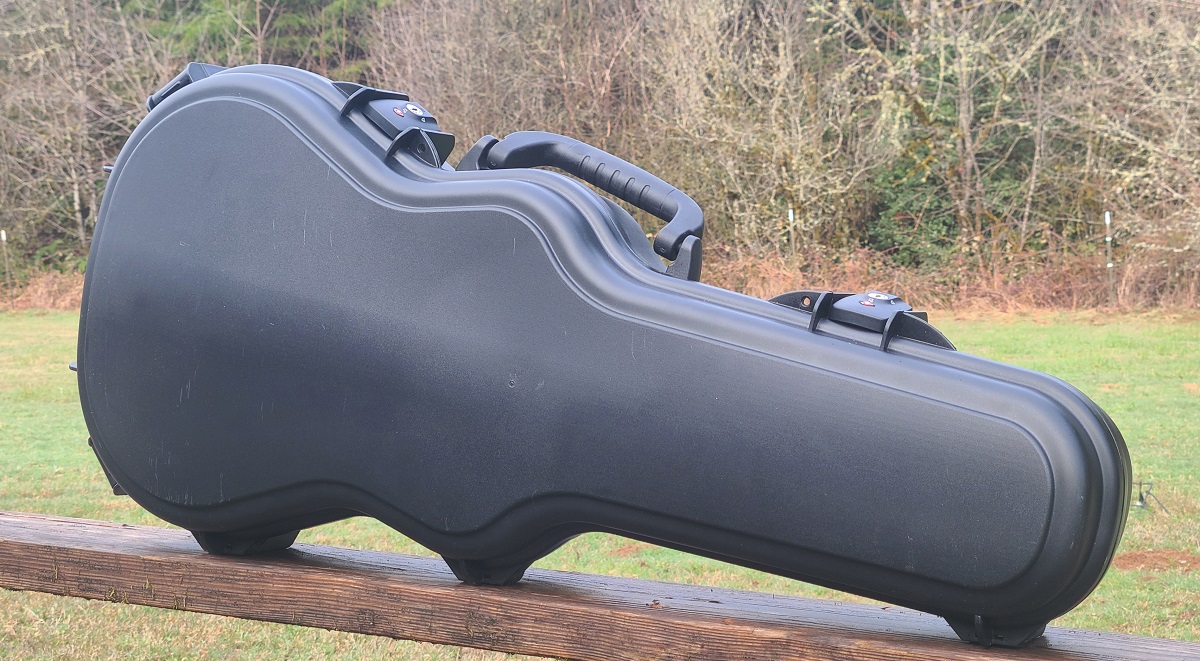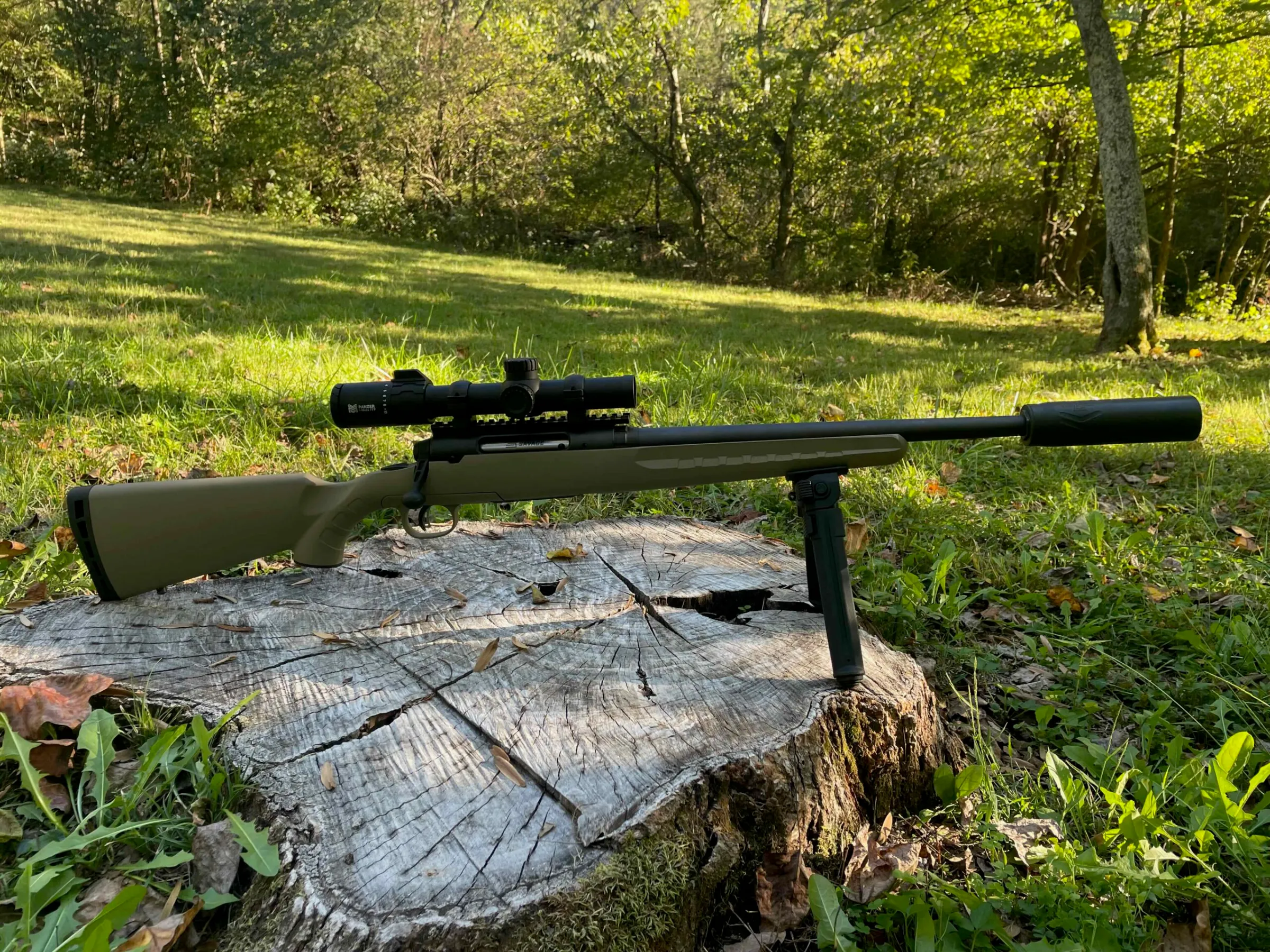Earlier this month I made a trip up to SilencerCo’s HQ outside of Salt Lake City, Utah to tour their manufacturing facility and see their brand new silencer, the Scythe-Ti. This is the first all-titanium suppressor from SilencerCo, and my initial experience with it was extremely positive.
I walked their shop floor almost exactly five years ago, and man has it grown. There’s effectively no room for more machines and the whole space is arranged very efficiently and cleanly.
The absolutely massive manufacturing floor is full of extremely high-tech CNC milling centers, lathes, pallet switching machines, scrap recycling facilities, raw materials processing equipment, and much more.
As part of the Scythe-Ti launch SilencerCo has even installed a brand new anodizing line specifically for titanium, which was pretty darn nice and modern. They do all of their aluminum anodizing and some other metal finishing, lasering, Cerakoting, and more in-house as well.
Downstairs is the realm of “Beaver” who does all of SilencerCo’s function testing and dB metering and such. They keep a very impressive armory on hand in order to test their products on all sorts of different firearms in all sorts of different calibers. You’re seeing maybe one-third or less of all of it in the photo above.
Yes, I’ll take this 9mm rifle, please!
And one of these while we’re at it. Just add it to my tab.
On the downside, the urinals were absolutely horrible and blew a huge mess everywhere.
Then it was off to the range. I’ve been to a handful of launch events for new silencers, and this was, by far, the best for what I went there to actually get out of it: hands-on time with the product.
SilencerCo set up nine shooting stations at the base of a mountain. Each station had a different style of firearm in a different chambering, but all had a Scythe-Ti mounted on the business end.
By shooting at every station I was able to hear and feel the Scythe-Ti on 5.56, 300 BLK, .308 WIN, 6.5 Creedmoor, 6.5 PRC, and more through both semi-auto and bolt-action firearms with different barrel lengths and operating systems. It was great.
Being outside with a high-quality suppressor meant I was comfortable without hearing protection on my head (it’s installed on the front of the gun) and I was able to get a good sense of the silencer.
This is only an initial impressions report rather than a full review (that will follow soon). But in my brief experience this is absolutely a top-performing silencer in terms of sound suppression performance and pleasing tone. Some titanium suppressors can tend to have a higher-pitched, tinny sound compared to steel suppressors, but that wasn’t the case here. The Scythe-Ti sounds very solid.
Though it’s a .30 caliber suppressor rated for use on everything up to and including 300 Remington Ultra Magnum, it sounded really good on .223/5.56 as well. That’s often the case — but not always — and the Scythe-Ti didn’t disappoint.
On subsonic 300 Blackout it was silly-quiet. Full-on Hollywood stuff. It sounded really good on .308 WIN and 6.5 CM as well.
This super-shorty SIG Rattler was the only gun on which I noticed any gas blowback, but that’s a gassy gun even when unsuppressed. That stubby little 5.5-inch barrel requires a big ol’ gas port in order to operate the action before the bullet exits and the pressure drops.
Outside of that specific setup, I was impressed with the Scythe-Ti’s design, which clearly helps move gas pressure out the front of the silencer efficiently. It’s noticeably less gassy than a suppressor with traditionally-designed baffles.
Front caps are swappable with the rest of SilencerCo’s Bravo line, but the included Single-Port Anchor Brake is pretty darn slick.
A fully-welded, tubeless design, perhaps the most impressive stat on the Scythe-Ti is its weight. The darn thing weighs only 7.3 ounces. It barely feels real. Plug the ends and it’ll float.
It’s also only 6.16 inches long. It’s one of the lightest and most compact .30 cal silencers ever. And, if memory serves, that’s with the included 5/8×24 titanium direct thread mount.
Speaking of mounts, the base of the Scythe-Ti is compatible with SilencerCo Bravo series mounting options, which means it’s threded in the now-industry-standard HUB 1.375×24 TPI size. Right off the bat this opens up scores or maybe hundreds of mounts from dozens of manufacturers, should you want to use your new SilencerCo can with mounting systems you already own.
The Scythe-Ti includes a radial tool (for the mount and Anchor Brake), a Bravo tool, and a basic tool in addition to the fixed thread mount and the Single-Port Anchor Brake.
With its precise laser welds and its oil-rubbed, Type II anodize finish, plus its larger-than-average 1.73-inch diameter, I also find the Scythe-Ti to be a very good-looking silencer (if that’s important).
Kamas, Utah was likewise good-looking and provided a nice, if brief, break from the oppressive Texas heat this summer.
TTAG has a loaner Scythe-Ti on the way and we’ll be sure to shoot it side-by-side with a few other suppressors for a thorough review. That said, I’ve a lot of trigger time behind a lot of suppressed guns, and I’m quite confident in stating that I’m a massive fan of the SilencerCo Scythe-Ti.
While, as with any titanium silencer, you don’t want to heat it up beyond 800 degrees, this covers most sporting use cases from targeting shooting to hunting to self-defense. It isn’t a silencer you’d buy for longer firing cycles on semi-auto firearms and it isn’t rated for full-auto use, of course, but a well-made, modern, titanium silencer can handle a lot more than some people think.
The Scythe-Ti has no barrel length restrictions and is rated for up to 300 RUM. It sounds absolutely fantastic, weighs next to nothing, is one of the shorter .30 cal/7.62 suppressors on the market, seems to be of an efficient baffle design in terms of gas flow, and it looks good to boot. So far, my hands-on impression is that it’s a top performance and a top choice.
MSRP is $1,174, so expect to save about two hundred big ones by ordering one through the experts at Silencer Shop.
























